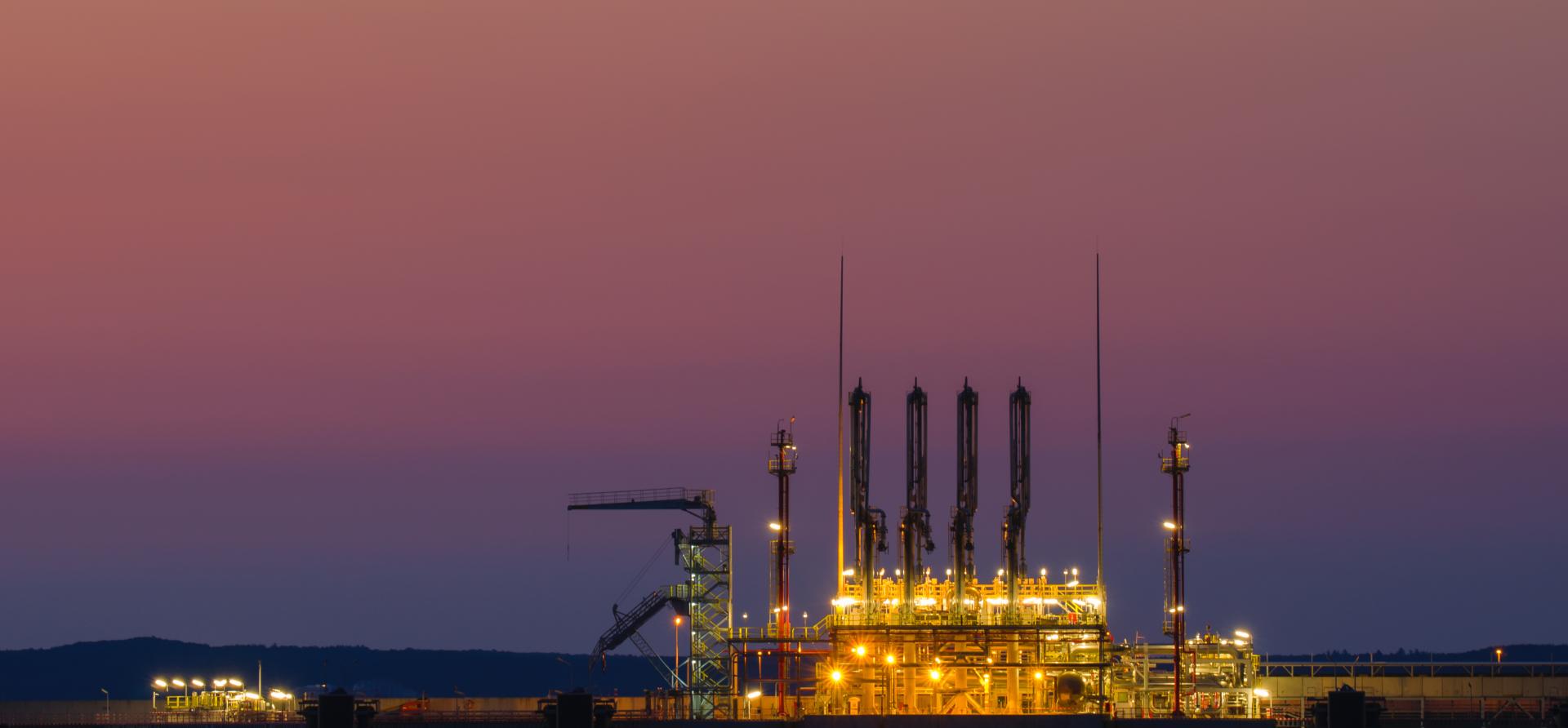Draft natural gas rules in the Philippines ignore high costs and economic consequences

Key Findings
The Philippines spent nearly US$90 million on its first two shipments of liquefied natural gas (LNG). The price tag for just two cargoes should be a warning sign for the exorbitant LNG import bills to come.
The Department of Energy’s draft circular aiming to make the country “a major player” in Asia “through the development and operation of LNG facilities” could increase the country’s dependence on one of the most expensive fuels available.
The draft rules contradict the administration’s stated goals of lowering consumer energy bills, and risk binding the country to a costly, volatile energy future.
The Philippines imported its first two shipments of liquefied natural gas (LNG) at a combined cost of nearly US$90 million (P5.1 billion), according to official customs data. The price tag for just two cargoes should be a warning sign for the exorbitant LNG import bills to come.
Instead, however, the Department of Energy’s (DOE) recently issued draft circular aims to make the country “a major player in the Asia-Pacific Region through the development and operation of LNG facilities.” The circular would require electric utilities to procure an unspecified share of their power from natural gas and LNG.
The draft rules are out of touch with the administration’s goal of lowering power prices for Filipino consumers, who already pay among the highest power prices in Asia. Despite utilities’ legal obligation to procure power in the “least-cost manner,” DOE’s circular would mandate them to increase the country’s dependence on one of the most expensive fuel sources available.
A warning of costs to come
The Philippines imported its first ever shipment of LNG in April from the United Arab Emirates, at a cost of US$51,773,465. The second delivery from Indonesia arrived in July at a cost of US$35,868,000. IEEFA estimates that these prices equate to roughly US$15 and US$12 per million British thermal unit (MMBtu), respectively.
The two cargoes contained roughly 0.13 million tons of LNG, but official documents have suggested the Philippines could need 3.5 million tons per year to operate the country’s five existing gas-fired power plants. Therefore, at current prices, the Philippines’ annual LNG bill could rise to more than US$2.5 billion (P141 billion).
This is in line with other countries’ LNG import bills. For example, LNG imports cost Pakistan nearly US$5 billion (P283 billion) in 2022, while Thailand spent nearly US$9 billion (P509 billion), according to government data from both countries.
Global gas markets are undergoing a geopolitical reshuffle following the outbreak of Russia’s invasion of Ukraine, and indications suggest that LNG prices could trend higher in the medium term. Futures for the Japan-Korea Marker (JKM), the benchmark spot price in Asia, expect prices to rise to more than US$19/MMBtu by February 2025. They are not expected to fall below US$10/MMBtu until at least 2027.
Moreover, LNG costs are extremely volatile. The recent threat of work stoppages at Australian LNG export facilities caused prices in Asia to rise, and Tokyo Gas — part owner of First Gen’s recently commissioned LNG import terminal in Batangas — expects winter LNG prices to remain high.
Comparison to other energy sources
Importantly, LNG is significantly more expensive than other energy sources. Since January 2021, monthly coal prices have averaged US$8.39/MMBtu — nearly three times lower than average JKM LNG prices of US$22.79/MMBtu.
IEEFA estimates that LNG costs of US$15/MMBtu would likely result in a final generation price of nearly P8 per kilowatt-hour (kWh). As LNG costs fluctuate wildly, so do the prices that Filipino end-users pay for electricity.
Renewable energy sources, meanwhile, are significantly cheaper and do not depend on unpredictable imported fuel costs. In the Philippines’ first centralized auction for renewable energy, held in June 2022, the government awarded nearly 1.5 gigawatts (GW) of solar contracts at a price below P3.7/kWh. In the second round of the auction, held this year, nearly 2 GW of solar contracts were awarded at prices below P4.4/kWh.
The government intends to hold another round of auctions for 8 GW of renewable energy in November. These auctions suggest the country’s target of achieving a 35% share of renewable energy by 2030 is possible, and could be scaled up to improve domestic energy security and affordability.
What about domestic gas sources?
The DOE’s draft circular acknowledges that prices from the Malampaya gas field — the country’s only source of domestic gas — are less volatile and cheaper compared to LNG. But the Malampaya field is expected to run dry by 2027, meaning the country could be entirely dependent on LNG without new gas discoveries.
In May 2023, the Philippines President Ferdinand Marcos Jr. extended the production contract from Malampaya until 2039. Extension of the contract, however, does not guarantee large volumes of gas will be produced anytime soon.
Moreover, Malampaya gas is tied to international oil prices, meaning domestic gas prices are not immune to global market volatility. In 2021, gas prices from Malampaya averaged nearly US$8/MMBtu, up from US$6.4/MMBtu in 2016. Farther offshore, harder-to-extract domestic gas could increase prices further.
Contradictory messages
The DOE’s draft natural gas circular is puzzling considering that President Marcos highlighted a goal of lowering the country’s energy costs in his 2023 State of the Nation address. Meanwhile, Energy Secretary Raphael Lotilla has publicly recognized that the importation of LNG could lead to increases in the cost of power.
The circular also requires the Energy Regulatory Commission (ERC) to provide “non-discriminatory treatment to LNG-fired power plants in terms of pass-through costs.” The wording seems to imply that the ERC should allow the full pass through of high LNG costs to end-users, rather than take measures to protect them from the inflationary impacts of higher imported energy prices.
While some natural gas may be necessary to continue operating the country’s existing fleet of gas plants, a rapid expansion of LNG-to-power facilities is not aligned with energy security and affordability goals. Promoting a wholesale expansion of LNG terminals and power plants sends the wrong signals to investors and risks binding the country to a costly, volatile energy future.















